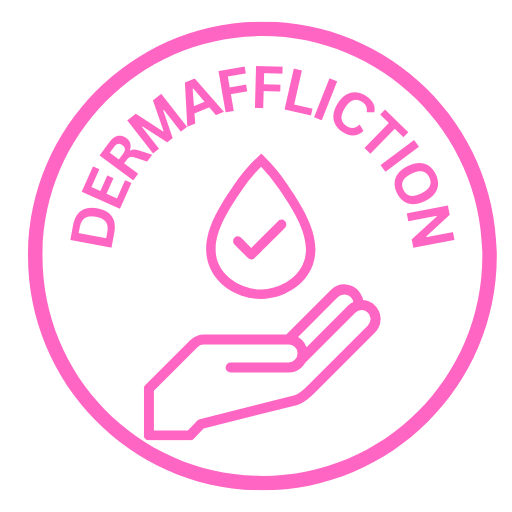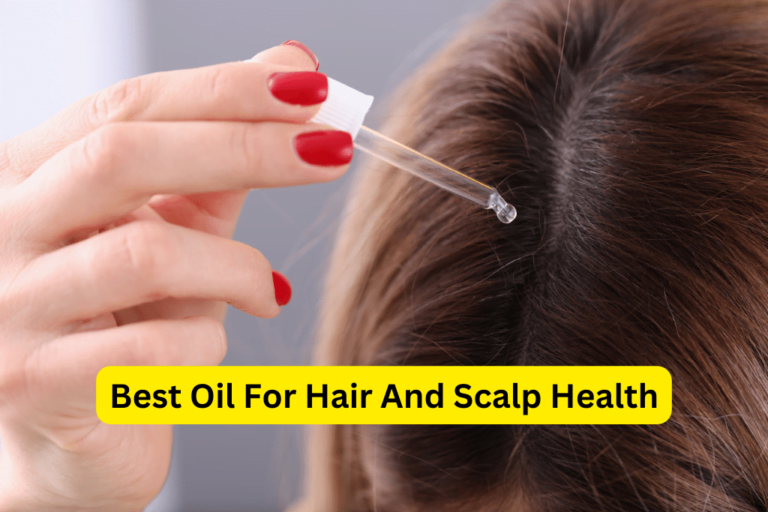Head-turning Results: Professional Secrets for Hair Dyeing and Healthy Scalp
Dye Hair And Scalp
Hair dyeing has become a popular way to express individuality and enhance personal style. Whether you’re looking to add a subtle change or make a dramatic statement, dyeing your hair can completely transform your look. But before you reach for that box of hair dye or book an appointment at the salon, it’s essential to understand the basics, techniques, precautions, and care required for successful hair dyeing. In this ultimate guide, we will explore everything you need to know to dye your hair and scalp effectively.
I. Understanding the Basics of Hair Dyeing
A. Types of Hair Dye
When it comes to hair dye, there are several options to choose from. Temporary hair dye is a popular choice for experimenting with various colors as it typically washes out after a few shampoos. Semi-permanent hair dye offers longer-lasting color that fades gradually over time. If you’re looking for a more permanent change, permanent hair dye is the way to go.
When using temporary hair dye, it’s important to carefully read and follow the instructions provided. Apply the dye evenly throughout your hair, making sure to saturate each strand. When you’re ready to remove the dye, follow the recommended steps to ensure proper removal without damaging your hair.
Semi-permanent hair dye can last for several weeks, depending on how often you wash your hair. These dyes do not penetrate the hair shaft as deeply as permanent dyes, making them a safer option. You can find a variety of application techniques, including brush-on, foam, or spray formulas, allowing for easy and precise application.
Permanent hair dye offers the most long-lasting results. Before applying permanent hair color, conduct a patch test to check for any adverse reactions or allergies. It’s crucial to follow the instructions carefully and take necessary precautions during the application process to avoid skin or scalp irritation.
B. Factors to Consider Before Dyeing
Understanding your hair type and color is essential when choosing the right shade of dye. Hair type can affect the outcome of the dye, as certain textures and porosities absorb color differently. It’s important to select a dye that is specifically formulated for your hair type to achieve the desired results.
For those with sensitive scalps, it’s important to address scalp sensitivity before dyeing your hair. Performing a patch test at least 48 hours before dyeing is highly recommended to ensure that you won’t have any adverse reactions to the hair dye.
II. Techniques for Dyeing Hair and Scalp
A. At-Home Hair Dyeing
If you prefer to dye your hair at home, it’s crucial to understand the proper techniques to achieve the desired results without causing damage. Before starting the dyeing process, make sure you have all the necessary supplies and tools, including gloves, mixing bowls, brushes, and a timer.
Prepping your hair and scalp is crucial to ensure even color distribution. Deep conditioning treatments can help strengthen the hair and protect it from damage. Trimming any split ends or damaged hair before dyeing will also contribute to a healthier end result.
When applying the dye, it’s important to follow the instructions carefully. Part your hair into sections to ensure full coverage and apply the dye from the roots to the tips. Avoid overlapping dye applications, as this can lead to uneven color and potential hair damage.
B. Salon Hair Dyeing
For those who prefer to have their hair dyed by a professional, it’s important to select a reputable salon. Consider factors such as the salon’s reputation, reviews, and recommendations when making your decision.
Once at the salon, communicate clearly with your stylist about the desired look you want to achieve. Understanding the salon’s dyeing process and the precautions they take will help both you and your stylist to ensure a successful coloring experience.
III. Tips for Avoiding Hair and Scalp Damage
A. Proper Hair and Scalp Care
Before dyeing your hair, it’s important to prepare it properly. Deep conditioning and strengthening treatments can help nourish and protect the hair, making it less susceptible to damage.
After dyeing, post-dyeing care is crucial to maintain the color and keep your hair healthy. Use shampoos and conditioners specifically formulated for colored hair, as these products help preserve the vibrancy of the color. Incorporate moisturizing and replenishing treatments into your haircare routine to maintain hydration and prevent dryness.
B. Minimizing Damage and Breakage
Avoid overlapping dye applications, as this can lead to excessive damage and breakage. If you need to touch up your roots, focus on that area only to prevent unnecessary exposure to chemicals.
Heat styling can also contribute to hair damage, especially after dyeing. To minimize damage, use a heat protectant spray before styling and opt for lower heat settings. Alternatively, embrace natural hairstyles that don’t require heat styling to give your hair a break.
IV. Precautions for a Successful Coloring Experience
A. Patch Testing
Performing a patch test before hair dyeing is essential to check for any potential allergic reactions. Apply a small amount of the dye mixture to a small area of skin and wait for 48 hours. If any redness, itching, or swelling occurs, it’s important to avoid using the dye on your hair to prevent severe reactions.
B. Allergic Reactions and Risks
It’s important to be aware of potential allergies and sensitivities to hair dye. If you experience any signs of an allergic reaction after dyeing your hair, such as hives, difficulty breathing, or severe itching, seek professional help immediately. Allergic reactions can be severe and require immediate medical attention.
Dyeing hair in a well-ventilated area is important to minimize inhaling chemical fumes. Protecting the eyes, skin, and clothing from the dye is also crucial. Wearing gloves, using a dye applicator brush, and covering your clothes with a cape or towel will prevent skin irritation and staining.
Conclusion
Transforming your look with hair dye can be a fun and exciting experience. By understanding the basics of hair dyeing, following proper techniques, and taking necessary precautions, you can achieve stunning results while maintaining the health of your hair and scalp. Remember to prioritize proper hair and scalp care, minimize damage, and perform patch tests to ensure a successful and enjoyable hair dyeing experience. Embrace your personal style confidently, knowing that you have all the knowledge and tools to experiment with hair dyeing while keeping your hair and scalp nourished.
"Have You Seen Mike Walden's new holistic acne System yet? It's called "Acne No More" I've read the whole thing (all 223 pages) and there's some great information in there about how to naturally and permanently eliminate your acne without drugs, creams or any kind of gimmicks. I highly recommend it - it's very honest and straightforward without all the hype and b.s. you see all over the net these days. Here's the website where you can get more information:
Click Here -->AcneNoMore









